Just across the Forth Bridge in southwest Fife stands one of Scotland’s most important cultural and historic sites. You’d be forgiven if your first thought was The Little Shop of Heroes, the game store that drew me to the town of Dunfermline in the first place, for it stands near the topic of today’s epistle. No, I’m writing about a special place in the heart of Dunfermline’s Heritage Quarter, tight against Pittencrief Park and the Tower Burn: Dunfermline Abbey.
The abbey has its roots in the 11th century and is the final resting place of more Scottish royalty than anywhere else in Scotland barring Iona, for Dunfermline was the royal capital of Scotland until the 17th century. With this in mind, and a cache of other abbeys in my repertoire, I drove west from Crail on an overcast Sunday morning to get a look at the most famous of them all.
Dunfermline Abbey’s grounds were largely empty when I arrived, and I was able to wander among the graves in silence, which I find to be a huge boon in places of quiet contemplation. Perhaps you can see it in the photo below, but around the crown of the tallest tower stand the tall, stone words: KING ROBERT THE BRUCE. His heart might be at Melrose Abbey, but his bones are buried here.
The first Christian church was built here in 800 AD, just around the beginning of the Viking invasion, by Culdees, an ascetic monastic and eremitical community. It has remained a religious sanctuary ever since, and in the mid-11th century it became the site of Dunfermline Abbey, which was founded by King Malcolm III and Queen Margaret, daughter of the king of Wessex. She brought Benedictine monks from Canterbury to begin a new era of religious worship. Both king and queen were buried here, and three of their sons who became kings of Scotland also left their bodies beneath the abbey.
Margaret is an interesting figure. She was driven north following the Norman conquest of England, so that should dispel your curiosity as to why English and Scots willingly married. Centuries later she achieved sainthood, and her presence can still be felt all along the Firth of Forth. North and South Queensferry are named after Queen Margaret, and the oldest structure in Edinburgh, St. Margaret’s Chapel in Edinburgh Castle, takes its name from her as well.
I always make a circuit of ancient sites before I go inside them, just to get a holistic feel for them, and the abbey church reminds me of a Chimera. The church appears to be made from two different architectural halves. The old church, the west end, is Romanesque (the bit on the left in the picture above), while the east end was rebuilt in the 16th century following the depredations of the good old Reformation. The abbey suffered multiple collapses and deteriorations over the centuries, and it was always been repaired, though to varying levels of satisfaction.
A palace once stood here as well, now only ruins, that served an auxiliary role for estranged royal spouses James VI and Anne of Denmark who could not simply get a divorce to reconcile their rift.
The interior of the old church is quite beautiful with rows of columns and arches pointing toward the altar. Stained glass windows depicting important figures and religious events spill colored light into the space. The three-story structure and chevron pillars are particularly interesting and unique.
Robert the Bruce is buried beneath an incredible brass placard before the pulpit in the new abbey church. Dunfermline Abbey was damaged by King Edward I of England during the Wars of Independence in the early 14th century, and Robert the Bruce financed much of the rebuilding, thereby securing his connection to, at the time, already an important and famous site.
The rich history of Dunfermline Abbey is apparent throughout its buildings. The abbey remains in the care of Historic Scotland, who have not skimped on scads of informational placards and a fine museum on the grounds. As a whole, the site is chimerical with pieces of architecture hailing from various eras over the last one thousand years.
The capital of ancient Scotland is a worthy visit, and pretty easy to access since it lies just off the A9 once you cross the Forth Bridge going north into the Scottish highlands.

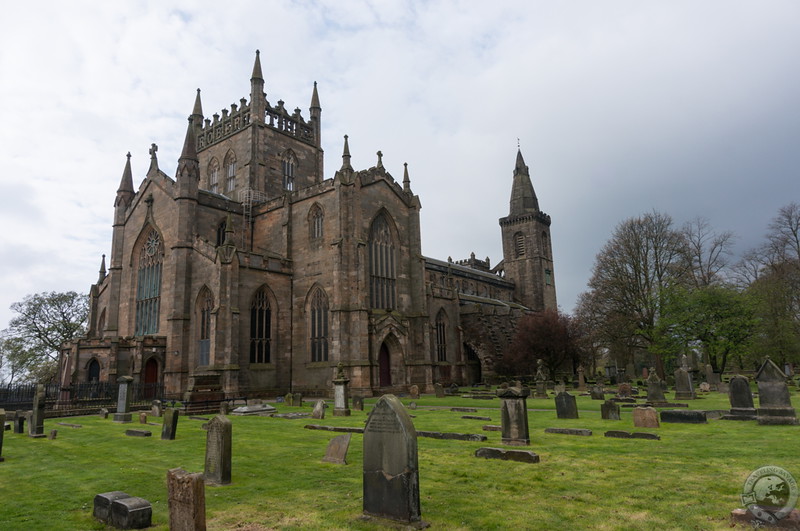
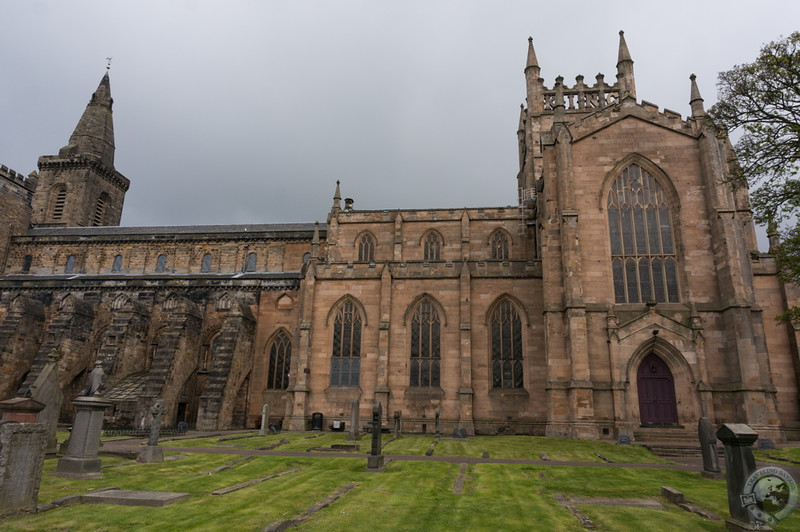
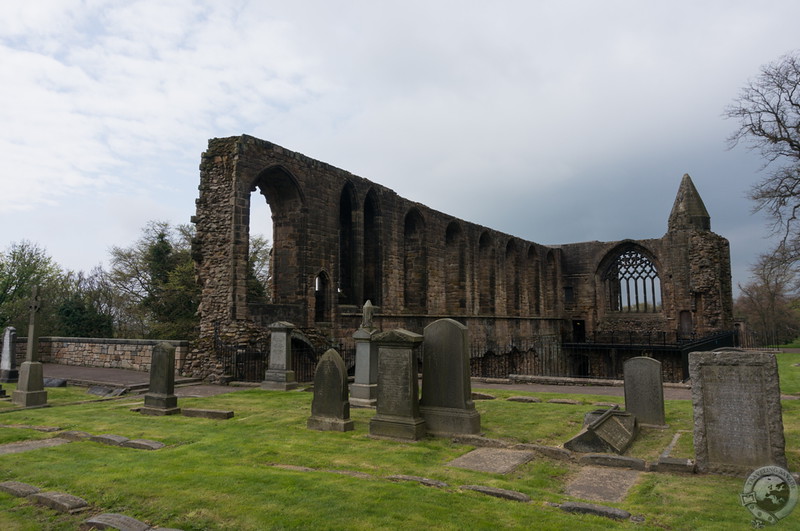
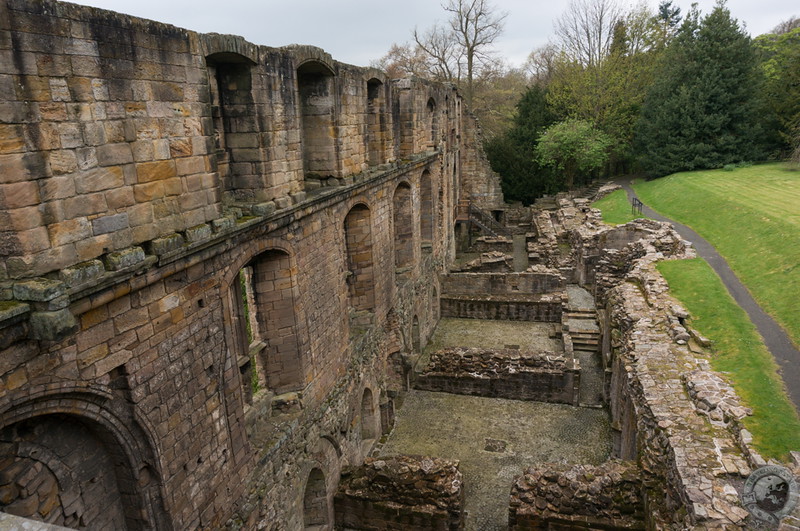
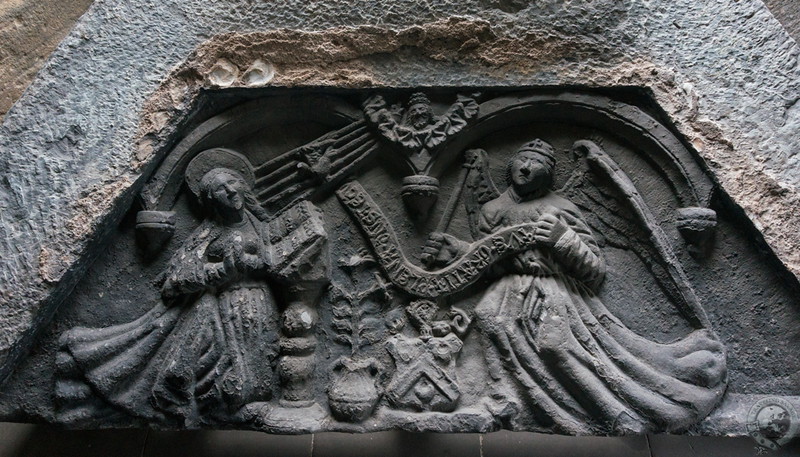
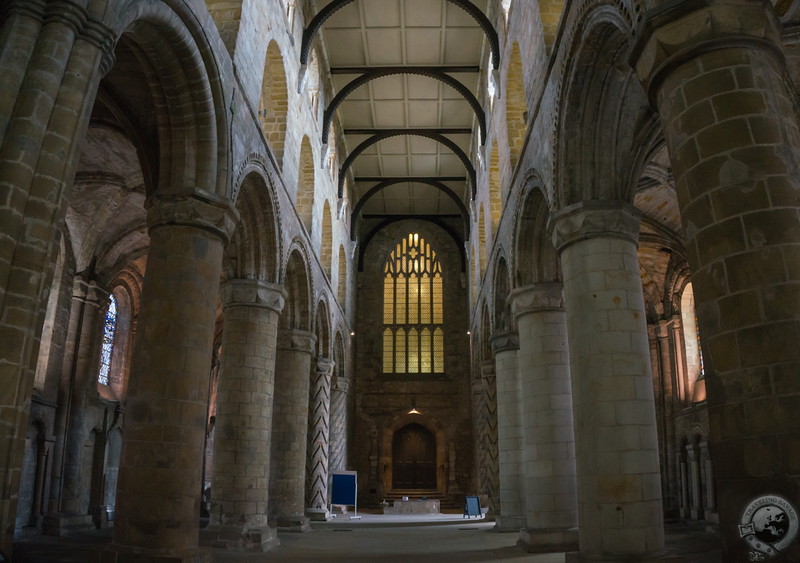
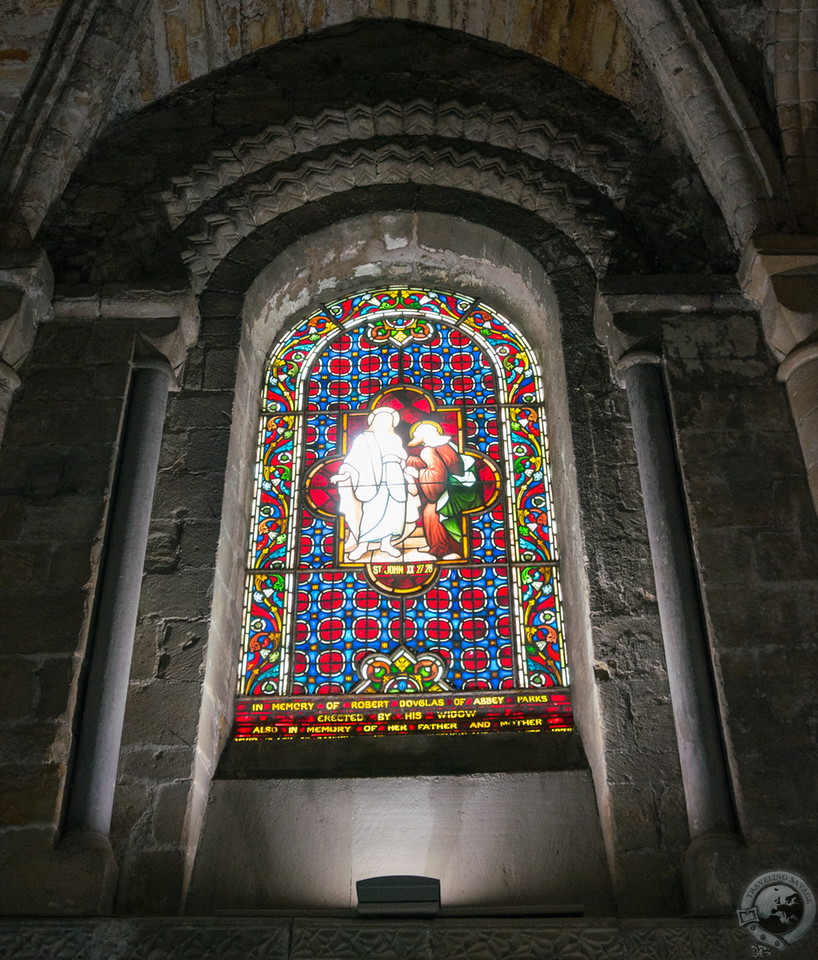
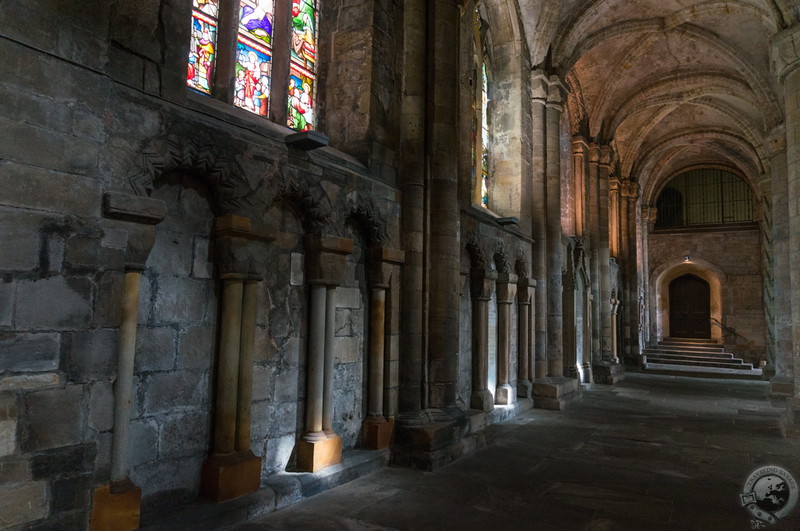
I am a member Historic England. I am told by my Mother, Nee Peggy Thompson, that we were related to “Bonnie Prince Charlie,” I Have no idea whether it is true, though the past ancestors had the name Bruce Thompson.
I wonder if we are related I live in Cherokee nc